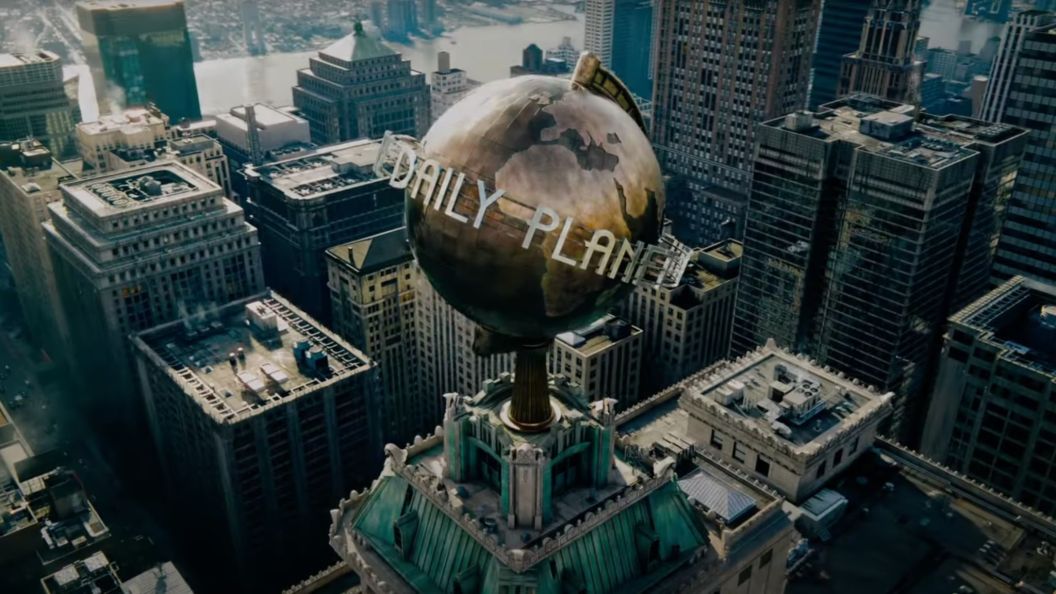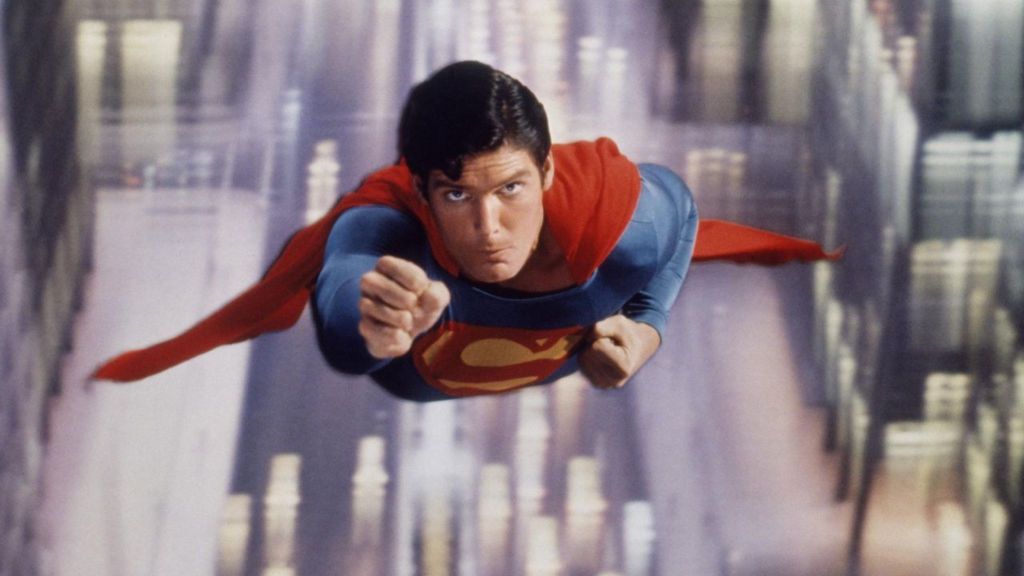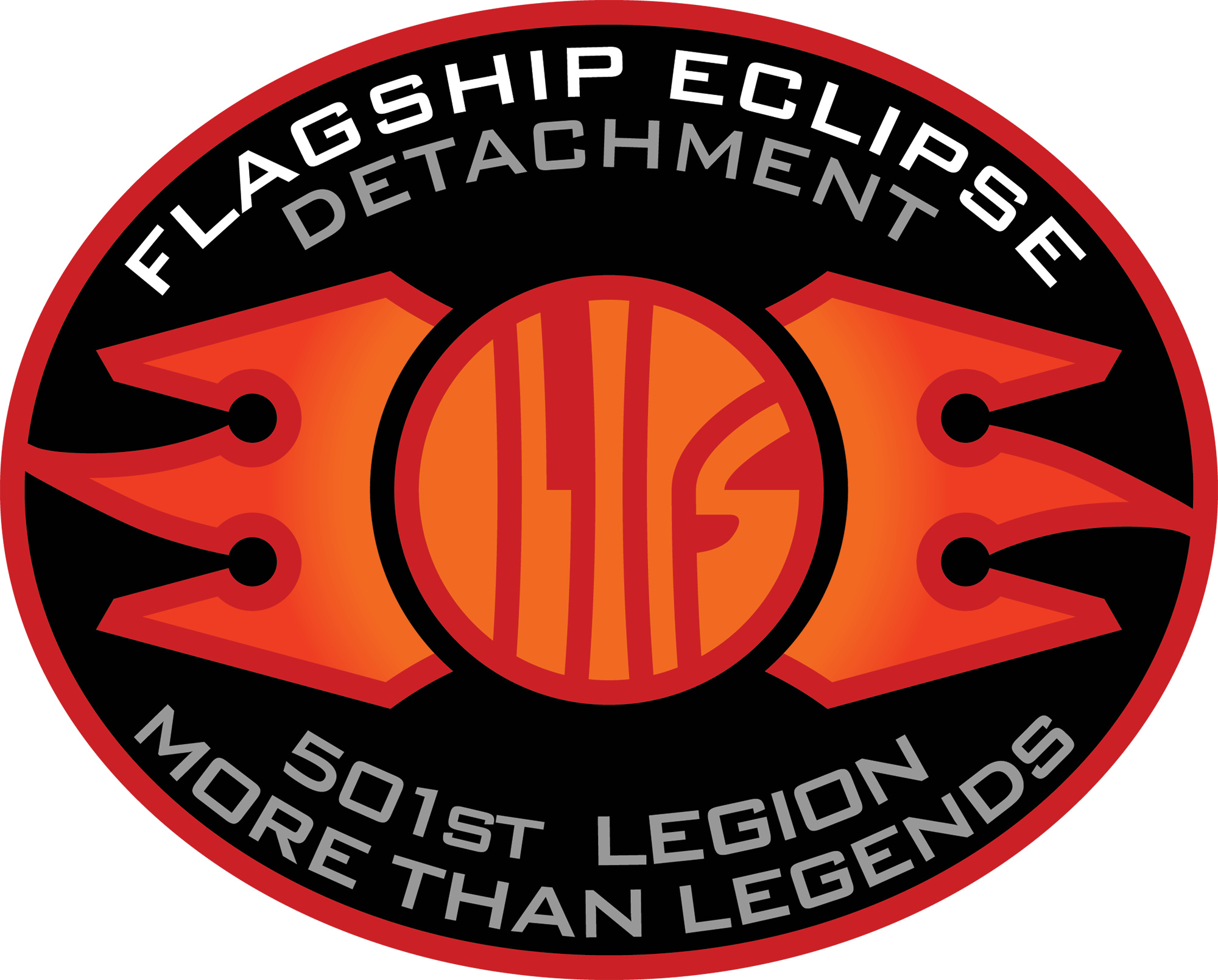
James Gunn’s new Superman is now in theaters, and while audiences are taking in the grand scale of the new DC Universe, a small detail reveals the depth of DC Studios’ worldbuilding. The film, which introduces David Corenswet as the Man of Steel and Rachel Brosnahan as Lois Lane, settles the location of Metropolis with a simple visual cue. In the movie, Lois Lane’s car sports a Delaware license plate, officially placing the City of Tomorrow in the First State. For many viewers, it might be a passing detail, but for DC Comics readers, it’s a significant nod to Metropolis’ long DC history.
The specific placement of DC’s fictional cities began to solidify in the mid-1970s as part of an editorial push for greater world-building consistency. An influential map published in 1977’s The Amazing World of DC Comics #14 located Metropolis in Delaware and, crucially, placed Gotham City across the Delaware Bay in New Jersey. This geographical layout was further detailed by writer and artist Paul Kupperberg in the 1978 limited series World’s Greatest Superheroes, which established the two cities as neighbors. The idea was to create a compelling dynamic between the optimistic “City of Tomorrow” and the crime-ridden streets of Gotham, making them two sides of the same coin.
This geography was officially integrated into DC’s primary canon following the universe-altering 1986 crossover Crisis on Infinite Earths. In the rebooted continuity that followed, official guidebooks provided concrete details for this new universe. For example, the role-playing sourcebook The Atlas of the DC Universe, published by Mayfair Games in 1990, formally described Metropolis as a major city on the coast of Delaware. This atlas, along with other official handbooks, served as a definitive reference for writers and fans for years, cementing the Delaware location as a fact within the DC comic book lore that has been consistently maintained ever since.
James Gunn’s Superman Is the First Movie to Make the Delaware Connection

Previous live-action adaptations of the Superman mythos have consistently used real American cities as visual stand-ins for Metropolis, but they have always stopped short of giving it an in-universe location. The most iconic example is Richard Donner’s 1978 classic, Superman: The Movie. This film’s version of Metropolis is inextricably linked with New York City, where it was largely filmed. The soaring opening credits over the Manhattan skyline, the use of the real-life Daily News Building as the headquarters for the Daily Planet, and the distinct urban energy all contributed to an image of Metropolis as a stand-in for the Big Apple. However, at no point does the narrative state that Metropolis was located in New York State, allowing it to function as a universal archetype of a bustling American city.
This tradition was continued in Bryan Singer’s Superman Returns, which served as a spiritual homage to the Donner movies. Though filmed primarily in Sydney, Australia, its Metropolis was designed with an Art Deco style meant to evoke a romanticized version of New York, once again keeping the city’s actual location undefined.

Decades later, Zack Snyder’s 2013 film Man of Steel reimagined the city with a completely different aesthetic, drawing its primary inspiration from Chicago. The film’s visual language traded the East Coast feel of the Donner films for a more modern, grounded, and Midwestern sensibility, reflected in Chicago’s distinct glass-and-steel architecture and its famous elevated train lines.
This foundation was expanded upon in Batman v Superman: Dawn of Justice and Justice League, which established Metropolis and Gotham as “twin cities” located directly across a bay from one another, a clear visual nod to the comics’ geography. However, even with this explicit geographical link between the two cities, the films never specified which states they were in, maintaining the long-running cinematic tradition of keeping Metropolis’s precise location ambiguous. That changes with Gunn’s Superman, as the movie tries to keep the comic book canon clean in every detail.
What other deep-cut comic book details are you hoping to see in the new DC Universe? Let us know in the comments!
The post Superman Officially Confirms Where Metropolis Really Is in America appeared first on ComicBook.com.


